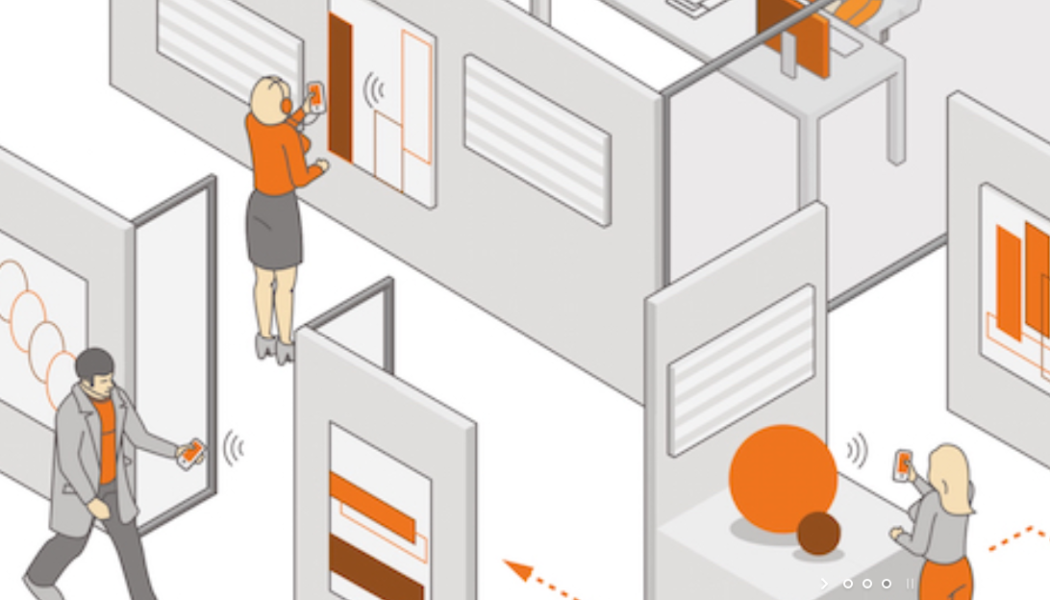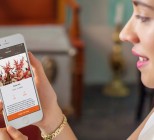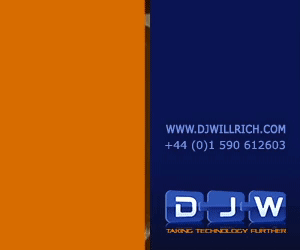The Kids in Museums app is open to anyone registered for Takeover Day for free. Using the latest technology and precise beacon navigation, the museum guide powered by XPONIA provides a route tailored to age, knowledge and interest. Blue-dot style navigation takes visitors through the museum on their chosen guided tours. Visitors, in this case youngsters, are able to locate selected points of interest. Relevant content is delivered onto smartphone or tablet through text, audio, video or augmented reality.
How did the project with Kids in Museums come to fruition?
Members of Xponia had attended Kids in Museums (KiM) events in previous years. KiM are really good at continuously sending information on the projects they are involved with, and sponsorship opportunities. Through this, we started to build a good relationship. As Xponia was already supporting the KiM Takeover Day, it was agreed that we could expand on this by developing a mobile application for participating museums.
What was your brief for the app and how did you make it happen?
The brief was to deliver an application that would be tailored for the event, accessible, fun and add to the experience of Takeover Day. In the beginning, ideas were mapped out and explored. This included what features to include, and also how to implement them. Negotiations then took place with our development team and KiM, until agreeing on an approved design.
We are continuing to gather responses through newsletter channels and direct client contact, to see which museums are interested in the application and the features it can offer.
How easy is it to use?
The application has been designed to be as easy as possible to use, while still utilising sophisticated technology alongside it. We work exclusively with museums, and since our team members are mostly from museum backgrounds, we understand how ease of use is a crucial factor for museums and their audiences.
What technology has been used for the app?
Beacon technology is used for proximity delivered content and navigation.
What will it offer Kids in Museums for their Takeover Day and future projects?
The application will offer KiM a trial version of the full application, where “the young curators” can create their own guided tours, quizzes and write object descriptions.
To keep the trial version simple and consistent for both museums and users, Xponia has provided a template structure to help. After Takeover Day, the app will remain available to visitors for one week, so friends and family can see the content that the Takeover Day kids have helped to create.
In general terms, how does Xponia cater to the museums and heritage sector with its technology?
In using the Xponia mobile solution, museums are able to engage visitors and expand audiences by offering content that is tailored to their specific target groups. This offers a much more accessible and unique museum visit, and it allows the museum to be more flexible in responding to the needs to their audiences.
What have been some of the other successful projects you have worked on recently and how do they compare/differ to the Kids in Museums app?
The application is currently being installed in the Verkehrshaus Swiss Museum of Transport, the largest museum in Switzerland. We have also recently installed the application in the Rockmusuem, Munich, which is a really great project.
The KiM app is a unique opportunity in that it allows museums a chance to experience some of the possibilities this application can offer, for free.
How adaptable is the technology you create and also the company’s approach to clients?
The application is very adaptable to the meet the needs of any museum because it works on a modular basis. Features available in the application can be edited, added or removed as necessary. Xponia works with museums of all types, both in terms of size and topic, so we understand the need for flexibility.
Also, each museum is provided with their own dedicated account manager. When we work with a museum we like to build a relationship to understand their specific needs, so that we can build them into the application. We do not just supply an application and content management system, but also offer continuous project support, updates and maintenance.
In what ways do you think multimedia guides and apps are important to museums and heritage attraction?
Multimedia guides and applications are important because of the added variety of content they can offer, and the accessible way in which they can bring this to people. Ultimately, they offer an enhanced experience.
With the continued integration of technology, especially with smartphones and smart devices, museums and heritage attractions should adapt and consider this in their targeting approaches towards visitors.
A significant problem concerning museums today is the difficulty of targeting and appealing to a wide range of diverse audiences. Using applications and technology offers a way to tackle this problem by appealing to specific groups, and not just the middle ground. Technology in this sense can offer a very personal, tailored experience that allows the visitor to explore and engage with museum content on offer.
What is the future for this technology and how do you see this being used and developed in the future?
We are already looking at attaching augmented reality functions to our application design. Alongside the existing features, we can add features as required to be responsive to emerging technological developments.
The future will require continued flexibility in how new features can be added, implemented and made accessible to the user. A modular application design means that we really can adapt quickly to changes and trends that are both technologically and thematically significant.










